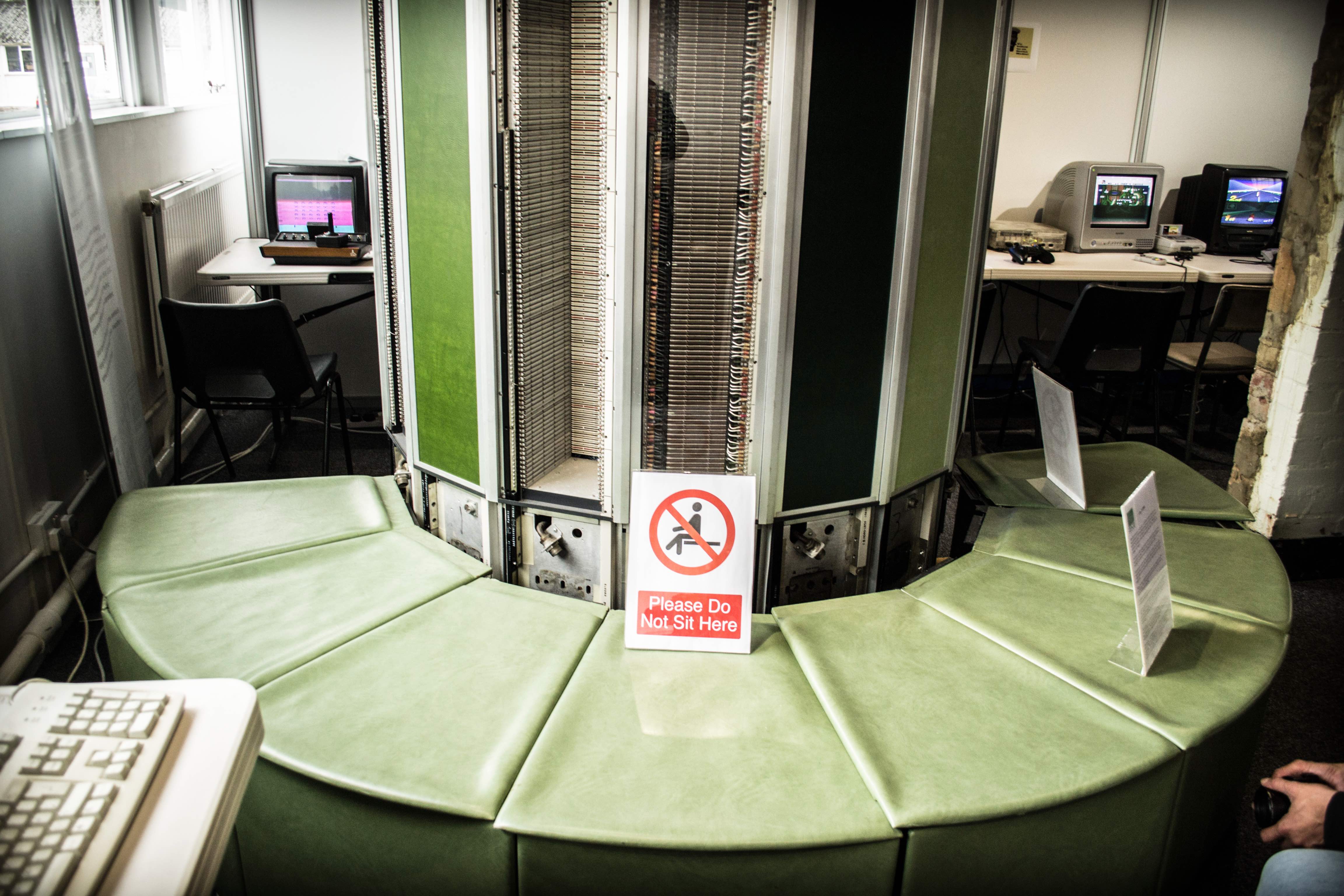
Original Cray-1 vs Clustered-Pi Zero
It was powerful back in the day...
10 February 2022 by Kevin McAleer
Cray-1 1975
Seymour Cray and Lester Davis of Cray Research designed the original Cray 1 supercomputer in 1975. The first Cray-1 system was installed at the Los Alamos National Laboratory in 1976.
Around 100 Cray-1s were sold worldwide, mainly due to the price tag of circa $8.7 Million, about $33 Million today.
The unique ‘C’ shape cabinet allowed the wires that connected the processors to be as short as possible. The ‘C’ shape also enabled airflow around the boards from the cooling system on the bench around the central core.
Floating Point Operations
The Cray-1 could perform around 160 million floating-point operations per second (MFLOPS). At the time, this was unheard of and enabled types of modelling and forecasting that were not previously possible on a computer. The models included weather forecasting, Vehicle crash simulation and finite element analysis of metal deformation, financial modelling, and global environmental modelling.
Clustered-Pi Zero
The Raspberry Pi Zero 2 is orders of magnitude faster than the original Cray-1. The Zero 2 can handle around 5.1 thousand million floating-point operations per second (GFLOPS). With 12 Nodes, the total possible GFLOPS is around 61.2 GFLOPS.